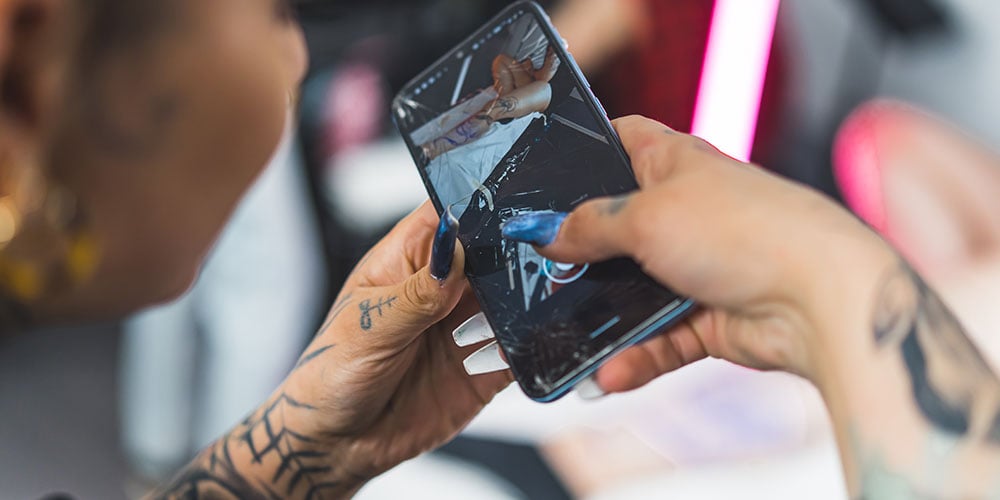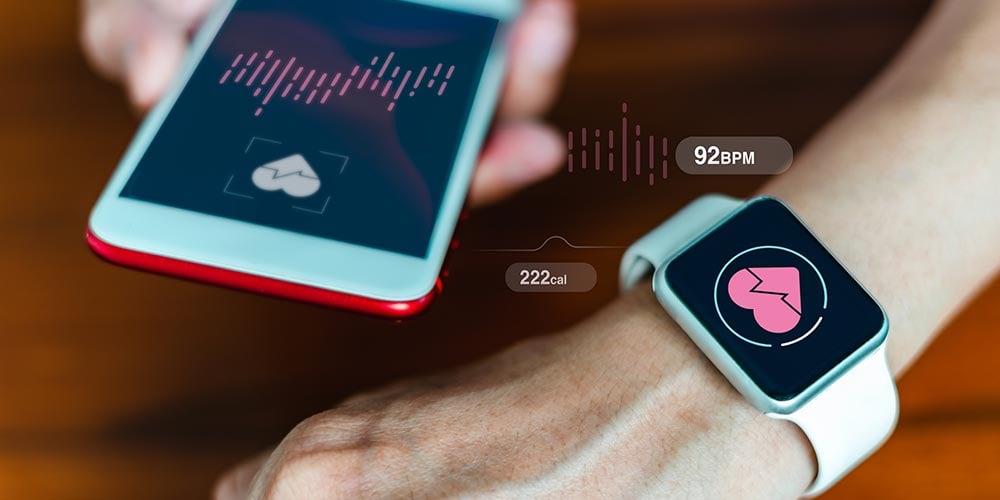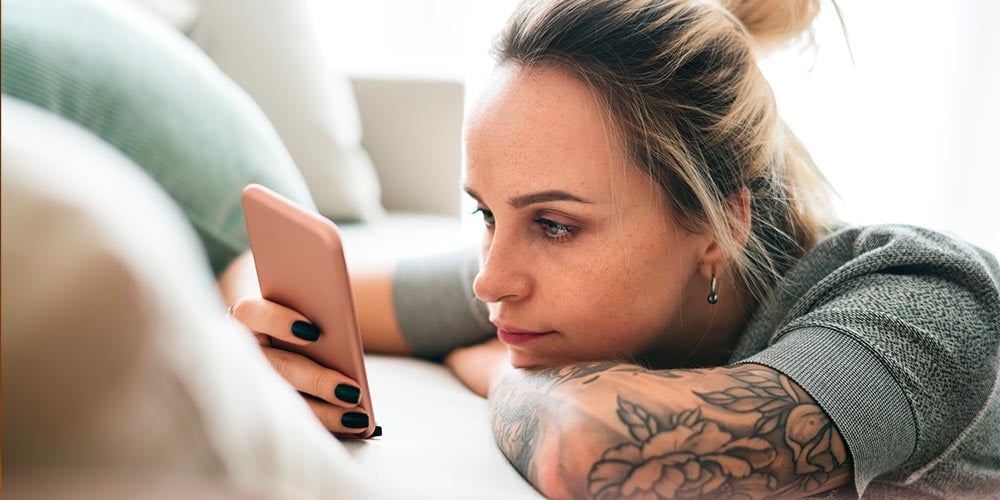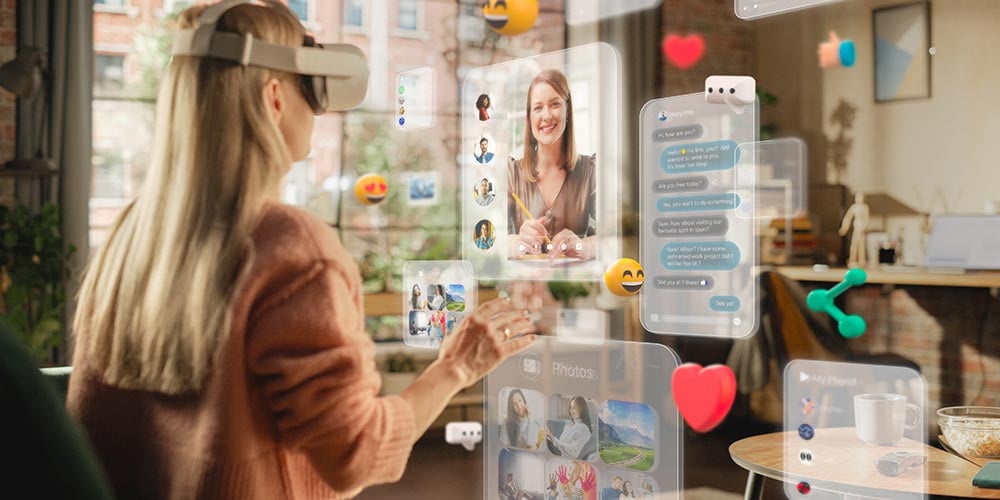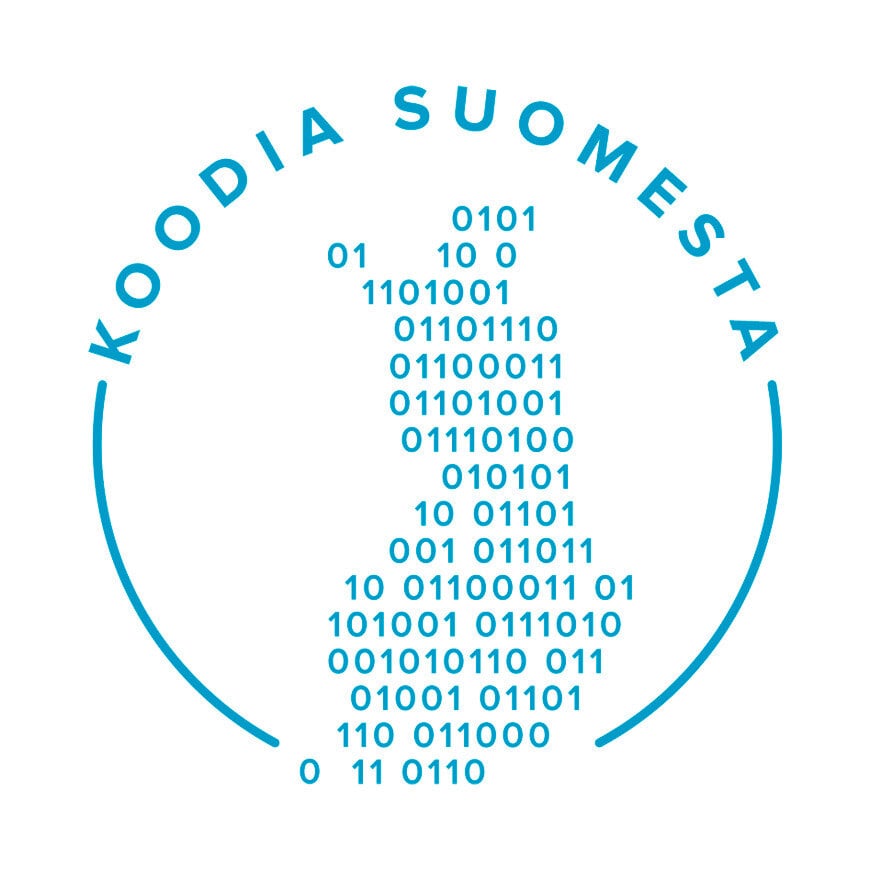Crafting User Experiences for 2030 Consumers: Embark on a Journey with Our Imaginary User Character, Evita
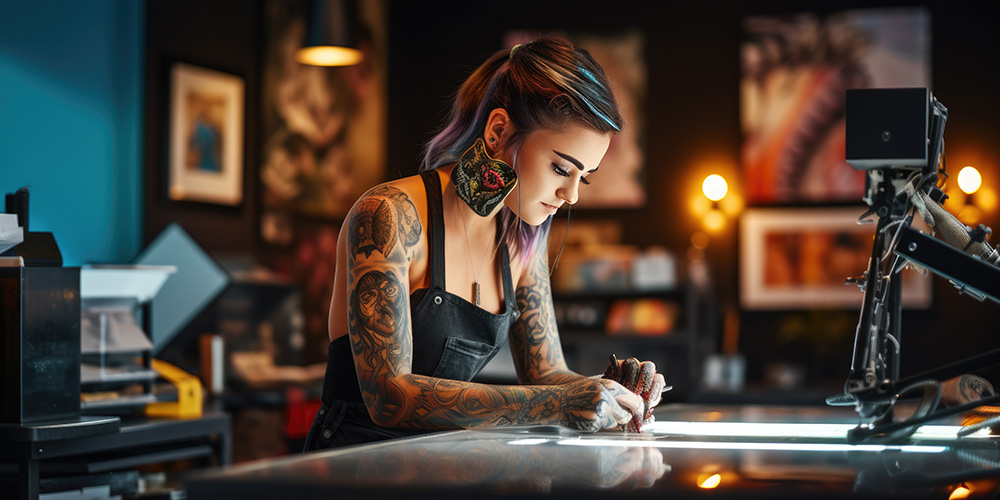
A user journey refers to the series of steps a person takes while interacting with a product or service, from initial awareness to the final outcome. In 2030, user journeys are expected to become increasingly seamless and personalized, driven by advanced technologies like artificial intelligence and augmented reality. The user experience will likely be more intuitive, adaptive, and interconnected, offering tailored and immersive interactions that anticipate and fulfill individual needs.
We design user journeys to find our target audience and they needs
When unravelling the world of user journeys, the concept of user personas can't be overlooked. Many might mistake user personas with buyer personas, but the two couldn't be more antithetical. Where buyer personas represent different segments of the market with a focus on purchasing behaviour, user personas dive into behavioural patterns, exploring a user's experience within a specific context.
Here, we revolve around Evita, a fictive character with a penchant for unique, high-priced tattoo art, to shine light on the practicality of user personas in user journey mapping.
Understanding User Persona
The crux of a successful user experience lies in understanding real users, their needs, wants, and viewpoints. User personas like Evita become instrumental to design and development teams by embodying these characteristics.
They personify a user segment, generating empathy and understanding among the team members. This approach of embodying a customer's experience makes the user journey tangible, consequently increasing the odds of developing user-centric products and services.
The Importance of Being Authentic
The efficacy of user journeys boils down to how realistic they are, and user personas play a monumental role in this equation. They ensure the users' true needs are not obfuscated by the developers' assumptions or biases. In creating user personas like Evita, we take a layered approach.
We integrate demographic information, including age, education, and occupation, behavioural traits, psychographic data, and even a fictive backstory to make the persona as alive and authentic as possible.
User Personas Role in User Journeys
Of course, the journey of a user is rarely a linear, single-faceted route. As such, there can be multiple user journeys for a single user persona. For instance, Evita might embark on one journey to source a tattoo artist who specialises in unique designs, another to compare exorbitant tattoo prices, and yet another to eventually decide on the artwork that represents her persona in the ink form.
Each journey would be different, yet all would be intrinsically linked to Evita's overall experience. In summary, user personas and user journeys are interconnected, each being instrumental in shaping and strengthening the other.
They aid in converting abstract ideas into practical, actionable designs. We create these personas not as mere stand-ins, but as reflections of actual users, ensuring a closer alignment with the user's real needs and desires. The case of Evita paints a vivid image of these concepts in practical use, and is an example we can all learn from.
Evita's journey in 2030
Evita's journey unfolds in 2030 with inspiration, research, consultation, booking, the tattoo session, aftercare, and sharing—each step echoing Lean UX principles. From exploring designs to the post-healing phase, it mirrors Lean UX's iterative, collaborative, and user-centric approach.
The journey anticipates seamless interactions, AI-driven recommendations, and immersive artist consultations, offering a glimpse into the future where user experiences are not just transactions but personalized narratives.
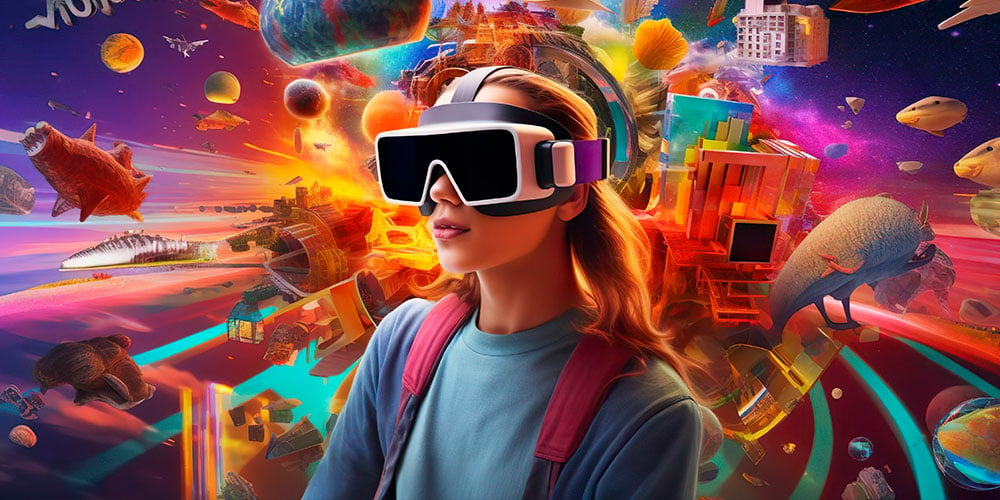
(Source: Adobe)
Step 1: Embarking on Futuristic Inspiration - Exploration in 2030's Digital Dive
Embark on Evita's futuristic journey in 2030 as she enters the Exploration phase, seeking tattoo inspiration. In this digital age, she immerses herself in virtual reality experiences, exploring holographic tattoo designs and engaging with AI-powered recommendation systems that analyze her preferences.
This step exemplifies the evolving landscape of user inspiration, integrating cutting-edge technologies to redefine the initial phase of the Customer Journey.
Example: Evita uses immersive holographic displays powered by AI to visualize intricate tattoo designs in 3D, enhancing her inspiration-seeking experience.
(Source: Adobe)
Step 2: Solo Research Redefined - Researching Artists and Studios in Augmented Decision-Making
As Evita delves into solo research in 2030, advancements in augmented reality allow her to virtually try on tattoo designs in real-time through her device. This step not only streamlines her decision-making process but also aligns with the iterative nature of Lean UX, emphasizing the importance of prototyping and refining ideas.
The integration of AI algorithms assists Evita in curating a personalized list of tattoo artists based on her style preferences and user reviews, enriching the Researching phase with data-driven insights.
Example: Augmented reality allows Evita to virtually "try on" different tattoo styles in real-time through her smartphone, helping her make informed decisions on the look and feel of her future tattoo.
(Source: Adobe)
Step 3: Immersive Collaboration - Consultation Experience in 2030's Virtual Realm
The Consultation phase in 2030 takes a leap forward with the introduction of immersive virtual meetings. Evita collaborates with her chosen artist in a shared virtual space, discussing design elements in real-time.
This mirrors Lean UX principles by fostering constant communication and collaboration, breaking down traditional barriers of distance and enhancing the decision-making process.
Example: Evita engages in a virtual reality consultation with her chosen tattoo artist, discussing design elements in a shared digital space, fostering real-time collaboration and communication.
(Source: Adobe)
Step 4: Seamless Scheduling - Appointment Booking through AI-Driven Algorithms
In the 2030 Appointment Booking phase, technological advancements streamline scheduling through AI-driven algorithms that consider both Evita's and the artist's availability.
The process transcends traditional calendar coordination, offering a seamless experience reminiscent of Lean UX's Implementation phase, where meticulous planning and preparation contribute to a smooth transition from decision to action.
Example: AI algorithms analyze both Evita's and the artist's availability, suggesting optimal appointment times, streamlining the scheduling process with efficiency and convenience.
(Source: Adobe)
Step 5: Real-Time Feedback - Wearable Tech in the Tattoo Session
The Tattoo Session in 2030 incorporates real-time feedback mechanisms facilitated by advanced wearable technology. Evita's preferences are instantly conveyed to the artist, ensuring the design aligns perfectly with her vision.
This active participation echoes Lean UX's emphasis on user involvement throughout the development process, resulting in a more tailored and satisfactory outcome.
Example: Evita wears smart tattoo ink that provides real-time feedback to the artist, ensuring precision and alignment with her vision during the tattoo session.
(Source: Adobe)
Step 6: Smart Healing - Connected Devices in Aftercare
The Aftercare and Healing phase in 2030 sees the integration of smart, connected devices that monitor Evita's tattoo recovery. This step aligns with Lean UX's Post-Delivery phase, emphasizing ongoing support and feedback.
Evita receives personalized aftercare instructions through a mobile app, fostering consistency and patience in the healing process.
Example: Connected devices monitor Evita's tattoo healing process, providing personalized aftercare instructions through a mobile app to optimize recovery and maintain the tattoo's quality.
(Source: Adobe)
Step 7: Immersive Sharing - Social Media and VR Integration in 2030's Post-Service Phase
Sharing and Feedback in 2030 leverage advanced social media integration and virtual reality experiences. Evita showcases her tattoo in immersive online environments, allowing friends to virtually appreciate her new ink. This step embodies the Lean UX concept of 'getting out of the building,' extending the user journey beyond individual experiences to a global community.
This futuristic user journey not only anticipates seamless interactions but showcases the integration of AI, virtual reality, and wearable technology, providing a glimpse into a 2030 where user experiences transcend the transactional, becoming immersive, tech-driven narratives.
Example: Evita shares her tattoo experience through immersive VR content on social media platforms, allowing friends to virtually experience and appreciate her new ink in an interactive and engaging way.
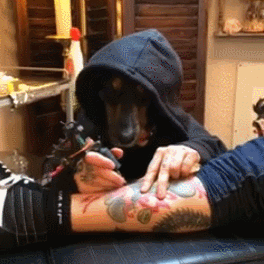 (Source: Giphy)
(Source: Giphy)
Conclusion
Evita's journey is an good example of how personal passions, once considered niche or inaccessible, can become fully realised dreams. With the expansion of special, expensive tattoo making, boundaries are crossed and conventional limitations can be perceived as nothing more than just mere obstacles. There's a broader canvas - your own skin - just waiting to be discovered.
Through Evita's story, we hope you've been encouraged to reject the norm and dismiss the barriers of conventional beauty standards. Whether packed with symbolism or just visually striking, these special,
Evita's journey invites you to confidently break away from ordinary boundaries and redefine standards of beauty. Her daring exploration into unique, high-end tattoo art reflects not just aesthetic appeal but also personal expression. We hope her story inspires you as it exemplifies the bold expression of individuality.
Tattoos are a representation of individual self-expression, just like Evita's.
In this world where ordinary is no longer enough, why not explore special and expensive options to elevate your personal style? Like Evita, you too can journey into unique forms of self-expression and maybe even discover a passion on the way. Embrace your unique identity and paint your own story in ink.
